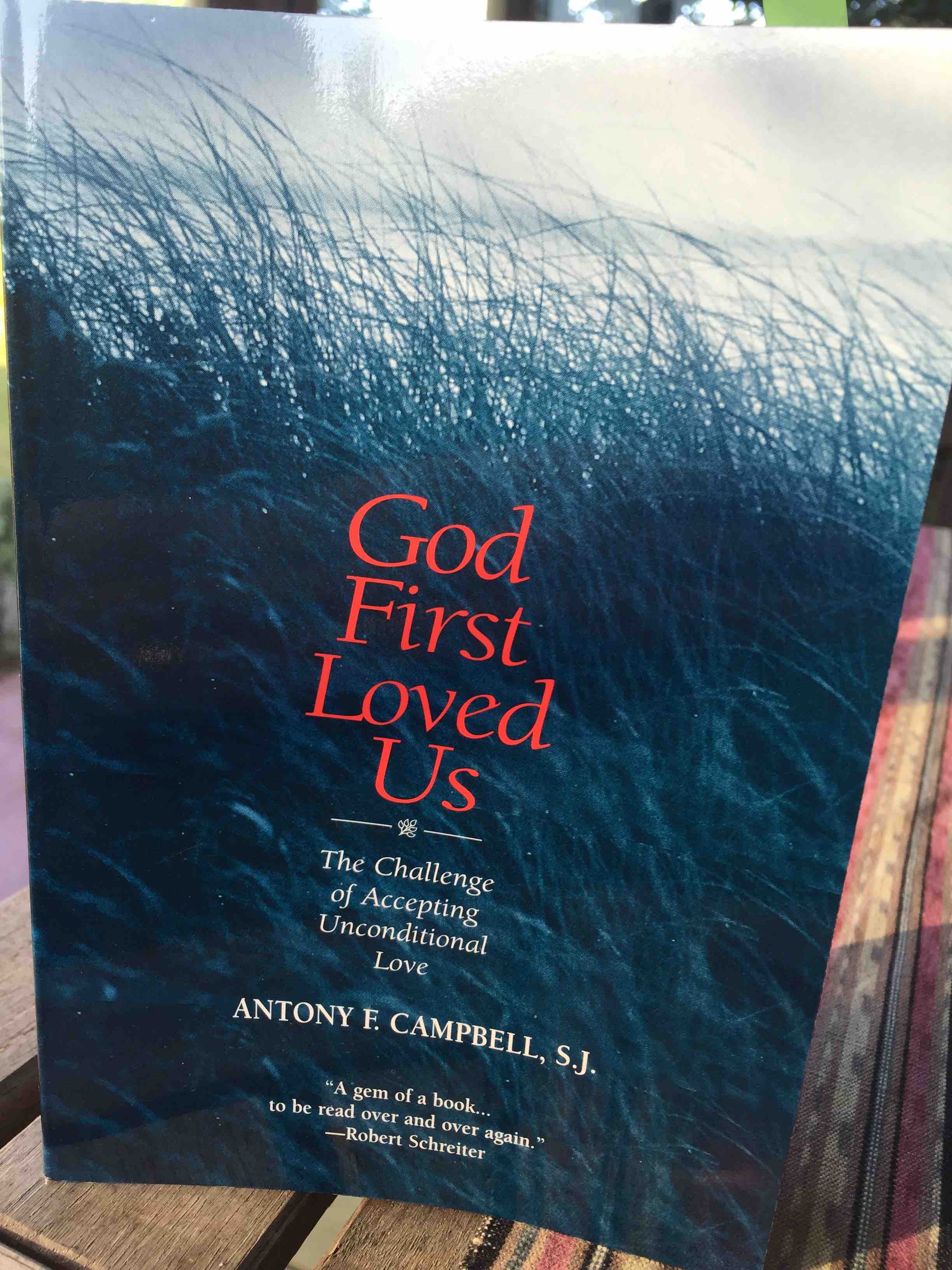I used a ‘keynote’ illustration in a recent sermon. It was about my encounter with an epileptic. The reaction I experienced prompted last week’s teaching tip.
Today I’d like to talk about the significance of having a body of ‘keynote’ stories which you have ready at hand for the right occasion.
What is a ‘keynote’ story?
- A story with an emotional connection for you
- A story you can tell without notes
- A story containing a punchline
- A story most often containing a laugh and a gasp
- A parable
- Not an anecdote. Anecdotes are fine, but they don’t contain a narrative arc. They make a point, but don’t take you on a journey. ‘Keynote’ stories have a shape.
What does a typical ‘keynote’ story look like?
It answers three questions and leaves you with an opportunity….
- Where did you start?
- Where did the story take you? (Usually through a challenge or bad place.)
- Where did you end up?
Opportunity: What is the point you can now make that helps your talk?
Where do you keep your ‘keynote’ stories?
- I keep mine in a folder within Evernote. It’s called “Keynote Illustrations” and contains tags.
- You can keep yours anywhere, but separate them from other illustrations.
- You may not think you need to do this, but over time we forget we have even these captivating stories. Mine include a story about an epileptic, riding a motorbike in India, my university dissertation, praying in a car, the first time I told a girl I loved her, the death of my brother, and more.
How do we best use ‘keynote’ stories?
- One at a time. They pack emotional punch. More than one in a talk will be overwhelming.
- Edit them. Each story likely has lots of details – not all are relevant to your particular audience. Leave in the parts that are relevant and remove any fluff.
- Tell them slowly. You know the story so well, you may rush the telling. Give your audience time to take in the story, and especially any emotionally involving moments.
- Get the ‘punchline’ right. Practice the high point of the story.
Why are they important?
- Authenticity. Keynote stories have great authenticity because they are stories that matter to you. They are often about incidents that had a significant impact on the way you view the world, yourself and God.
- Memorable. You remember them, and so will your audience. Hopefully they will continue to attach them to the spiritual point which will provoke them to think and act in a way that reflects the spiritual point you were making in your lesson – long after leaving the event.
I have recorded previously on anecdotes and stories. Here are the links:
- “What is the difference between an anecdote and a story?” – video and podcast
- Tuesday Teaching Tips: “Anecdotes vs Stories” – video
- Tuesday Teaching Tips: “Anecdotes vs Stories” – podcast
Please add your comments on this week’s topic. We learn best when we learn in community.
Thank you for listening to this recording. You can find more teaching tips here and on the YouTube teaching tips playlist.
Do you have a question about teaching the Bible? Is it theological, technical, practical? Send me your questions or suggestions. Here’s the email: malcolm@malcolmcox.org.
If you’d like a copy of my free eBook on spiritual disciplines, “How God grows His people”, sign up at my website: http://www.malcolmcox.org.
Thanks again for listening. Have a terrific Tuesday, and a wonderful week.
God bless,
Malcolm


